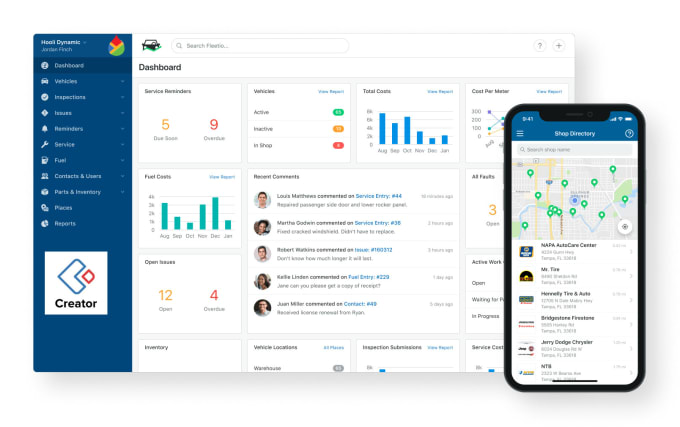Your Path to Seamless Zoho Integration
Welcome to our Turnkey Implementation Services for Zoho CRM, Zoho Inventory, Zoho Desk, Zoho Projects, Zoho FSM, and Zoho Creator. Our mission is to simplify the adoption of Zoho Suite applications for your business, providing you with a smooth and efficient modus operandi for maximum success.






